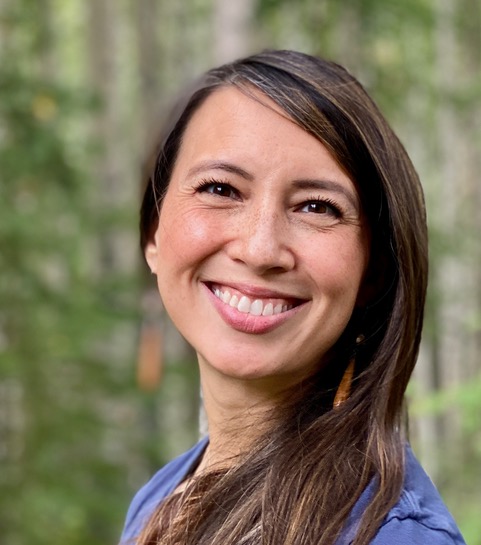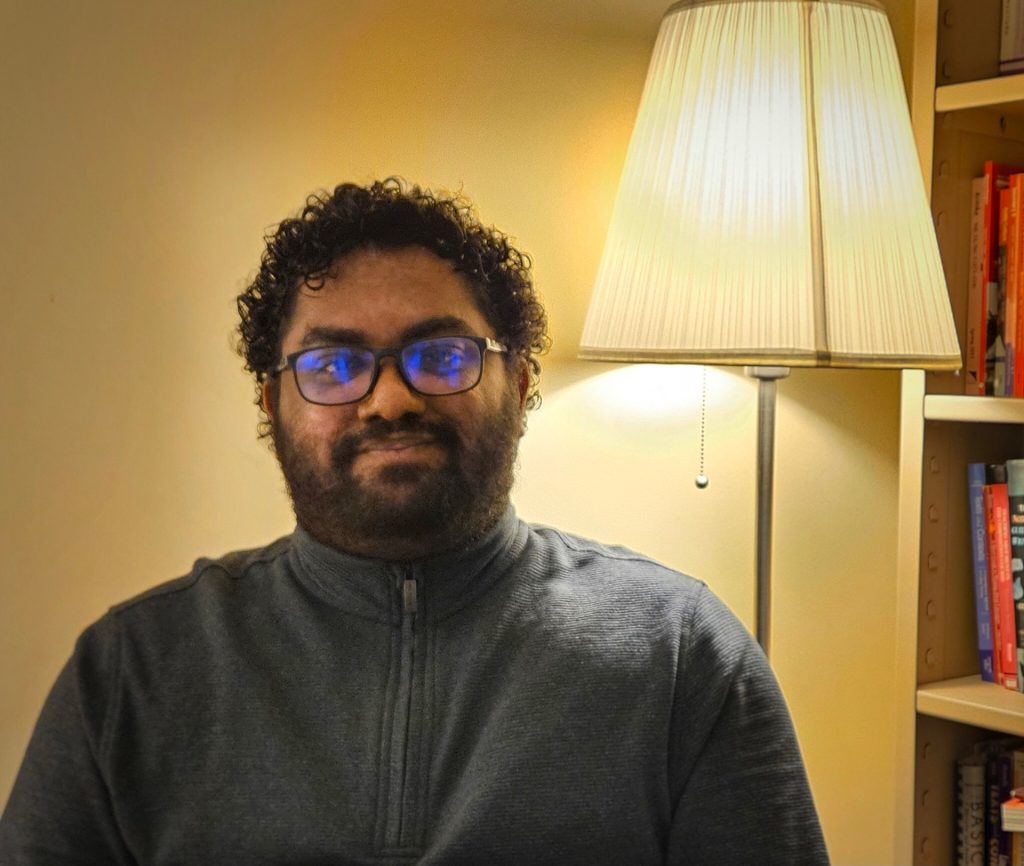
Photo of Debra Spark courtesy of Michael Harris
NER staff reader Meera Vijayann talks with author Debra Spark about perspective, the sleuthing needed to render narrative detail, her current literary influences, and her essay “If You Can Believe It” from NER 45.1.
Meera Vijayann: It’s fascinating how you decided that Olivia’s dream is where the story began. Why was this significant to you, and what made you want to focus on this throughout the essay?
Debra Spark: [Olivia’s] story was complicated in that she started telling me a different story about how she met her husband and that was interesting—and it is discussed in passing in the essay—but I thought the real story was less her marriage and more about how she became a Jew in the first place. That decision came not long after a major trauma where she saw her father try to kill her mother. The dream seemed like the origin point for who she is, as her religion is central to her being. Her religious life started with her dream, and then the dream returned, in different ways, throughout her life. It’s narratively significant in the essay but thematically significant, too. A figure in her dream told her she was a Jew and she had to do mitzvah, and she constructed her life around that instruction.
MV: Throughout the piece, we see you as a writer—and others who are invested in Olivia’s life—make sense of Olivia’s choice to lean into Orthodox Judaism. What was it like for you to try to understand Olivia’s perspective even when it felt heartbreaking to engage with?
DS: I didn’t find it hard to understand her perspective, in general, simply because that is what we are always doing as human beings—talking to others and seeing how they see things. It’s not just a writerly thing. I don’t believe what she believes, but I do see how beautiful and sustaining her beliefs are. Once, long before I decided to write this essay, we were chatting on the phone about what was going on in our lives, and she told me that there was a Jewish proverb that holds that a Jewish mother is only as happy as her unhappiest child. Of course, you don’t have to be Jewish to feel that. Then, she had the great shock of losing one of her children, and that was so unbearable, unbearable in any case, but unbearable in light of that proverb. Still, she manages to find happiness despite terrible losses.
MV: What was the process of writing this story? In many ways, it reaches beyond Olivia’s story and across time and details Jewish history in the US.
DS: This is part of a larger project, a book of essays inspired by coincidence stories. My tendency is to write long and then cut. I worked on this essay over the course of a year, because it took me time to piece things together, and Olivia and I had to have multiple Zoom conversations for me to understand things. After I had a draft, I went twice to Crown Heights to try to picture where she was when part of the story took place. Also, when she couldn’t remember a detail, I would try to track it down. For instance, I found an Israeli newspaper article about her that she’d never even seen from the year that she won a major literary prize. Another time, she couldn’t remember the exact name of a bookseller in Australia with whom she had corresponded as a girl. A rabbi at the college where I teach had friends who worked at the Sydney Jewish Museum in Australia. Those friends found out the exact name and address for me. That kind of sleuthing was fun, and I always like learning new things (in this case about Hasidism) through books and the Internet.
MV: Who are your literary influences?
DS: I’m sixty-one, so different writers have influenced me at different times. My past books are largely fiction. When I think about nonfiction, and this project in particular, I am influenced by writers like Leslie Jamison, Andrew Solomon, and Olivia Laing. Andrew Solomon wrote a book called Far from the Tree in which he looks at parents and children who are different from each other. The book doesn’t develop an argument but presents multiple instances of parents and children being different. Olivia Laing does the same in her book on loneliness. She lets the individual chapters focus on wholly different things. My favorite nonfiction writer right now is Patrick Radden Keefe, though I wouldn’t call him an influence, simply because he is an investigative reporter as well as a writer.
MV: What are you reading at the moment?
DS: I’m reading a book called Bad Animals by Sarah Braunstein. I find her insight into the mind of a woman who is trying to reassure herself about her own life quite compelling.
Meera Vijayann, a nonfiction reader for NER, is an essayist and writer based in Seattle, Washington. She is currently working on her debut novel.
Debra Spark’s latest novel, Discipline, was published by Four Way Books in 2024. She has published ten earlier books, including the novels Unknown Caller (LSU Press, 2016) and Good for the Jews (University of Michigan Press, 2009). She teaches at Colby College and in the MFA Program for Writers at Warren Wilson College.



